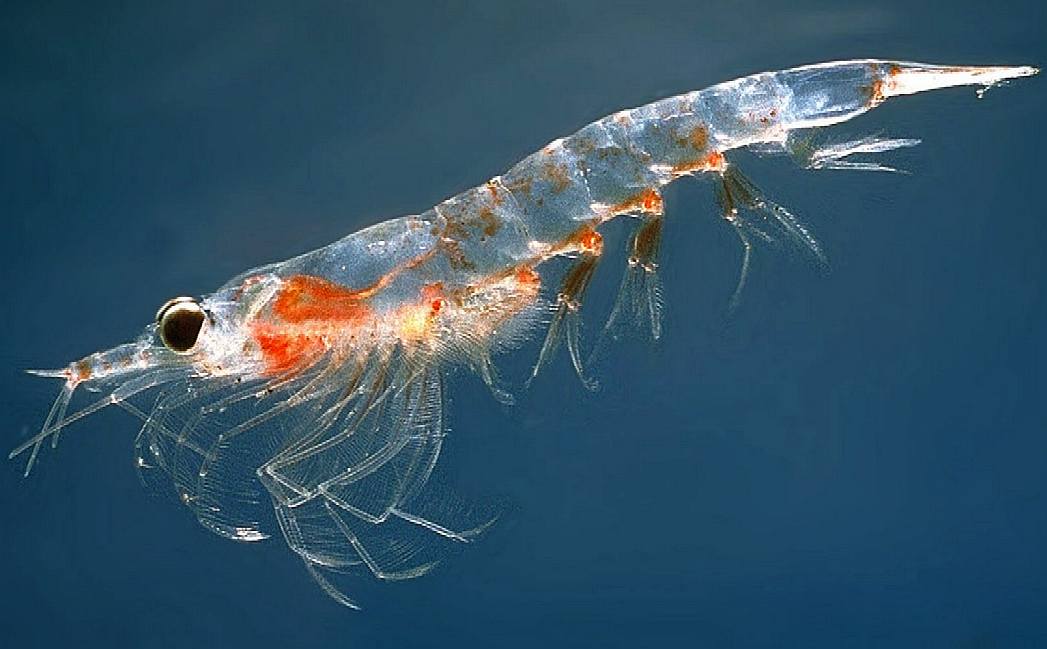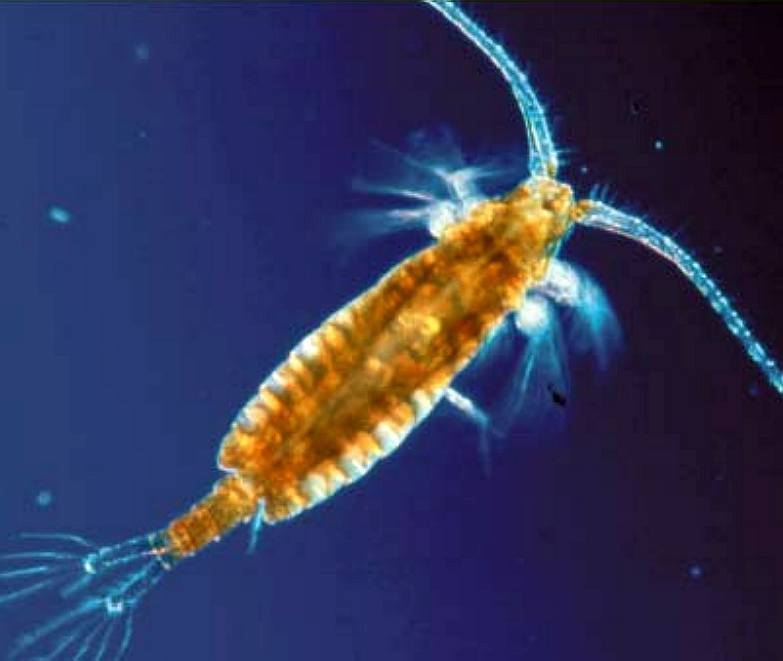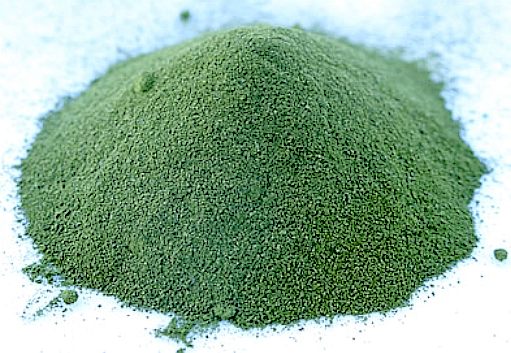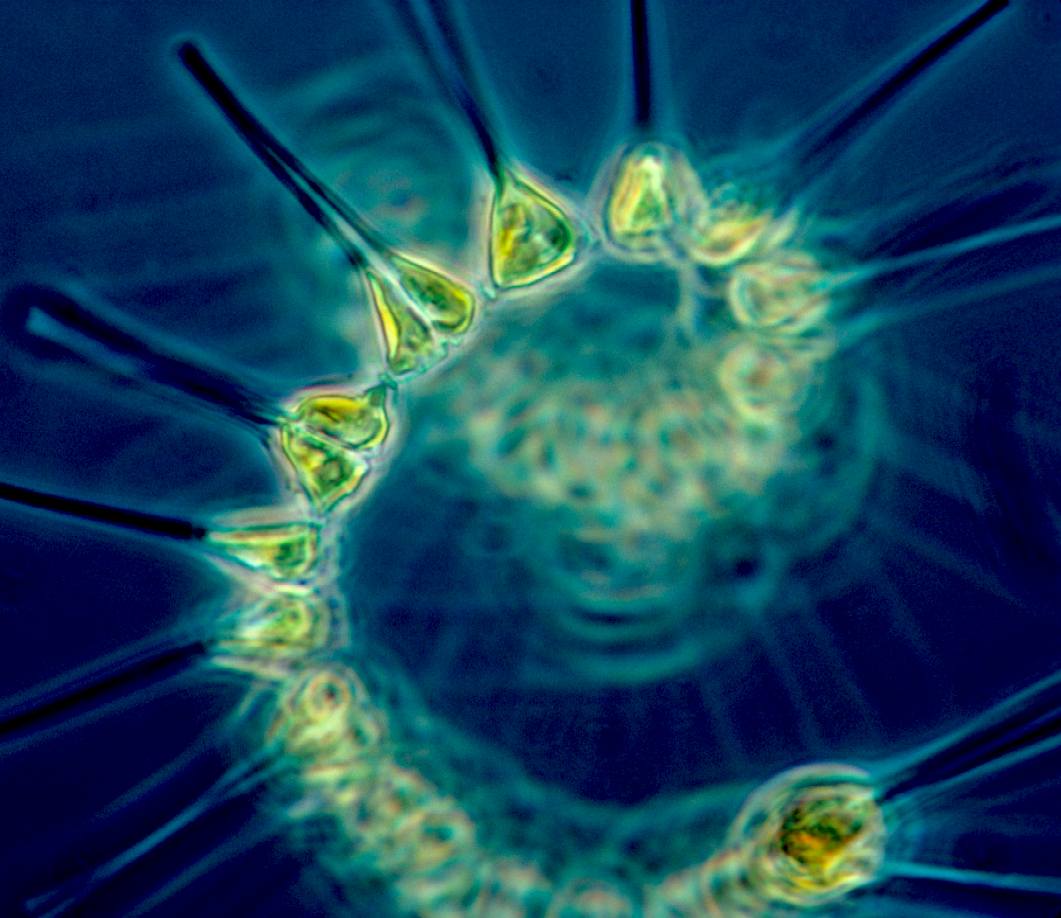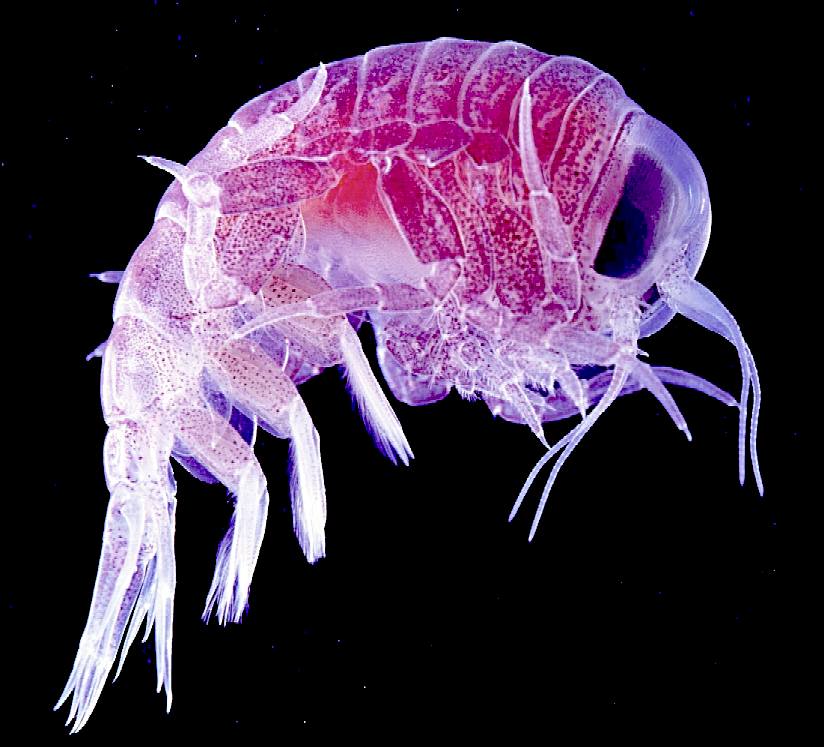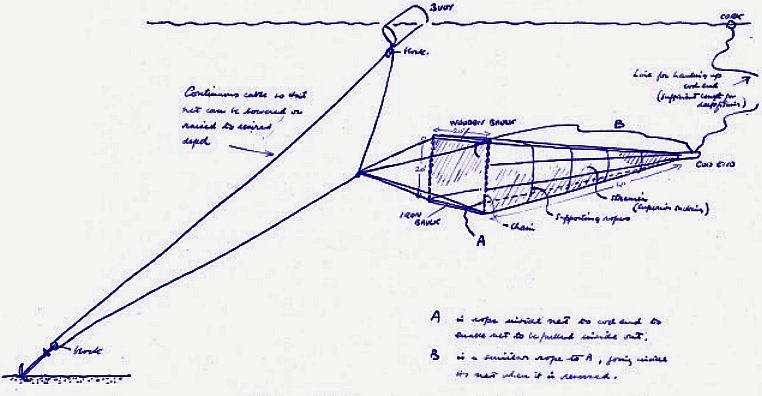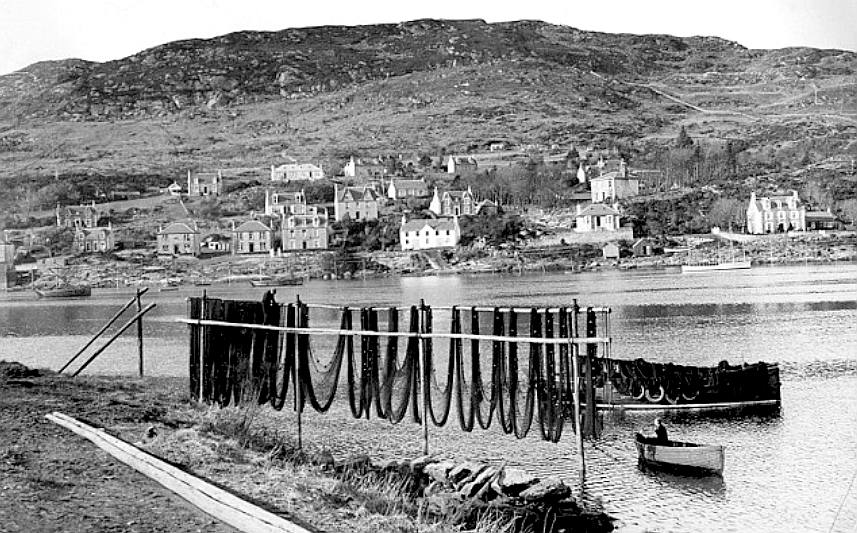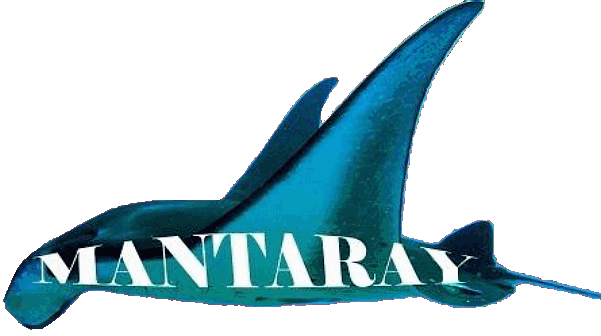|
SEAVAX™
- PLANKTON & MICROPLASTICS
|
||
|
KRILL -
Krill are small crustaceans of the order Euphausiacea, and are found in all the world's oceans. The name krill comes from the Norwegian word krill, meaning "small fry of fish", which is also often attributed to species of fish.
We don't want our plastic catch contaminated with bio material. We want clean plastic as our harvest. But, microplastics are mixed with microorganisms in a soup in the 5 main gyres. So, how does our ocean going robot vacuum up plastic and exclude plankton, etc.?
On the face of it the problem appears insurmountable. Fortunately, there are devices called cyclones and hydrocyclones, that do not use physical filters to strain particles from a moving body of air or water. Because there are no physical barriers, marine life that is not of the size and mass that our hydrocyclones are searching for, can pass through the system unharmed in a unique two stage process. Our hydrocyclones can be tuned to extract only required particle sizes and density and allow others sizes through. But that level of fine tuning requires dedicated electronics and dedicated low and high pressure pumps and chambers.
You may not have heard of a cyclone, but you will have heard of a Dyson vacuum cleaner, that is a bag-less filtration system. Domestic vacuum cleaners work in a similar way to SeaVax, except that air is the fluid medium rather than water. Domestic vacuum cleaners incorporate mesh filters either before or after the fan - we do not - because those physical barriers can harm marine life and clog.
To begin with, SeaVax must be able to tell what lies in the water ahead of its giant vacuum mouth. Electronics come to our rescue here. Today there are many sensors that are capable of seeing microplastics, phytoplankton, zooplankton, fish and larger marine life and inanimate objects. Sophisticated sonar provides some of the solution, but that is useless without a dedicated computer program to interpret the data being collected, both ahead and astern of the vessel.
Our main problem is to selectively extract microplastics, without extracting:
A. Microorganisms B. Fish
SeaVax also needs to know more than where it is on the Earth's surface and what lies ahead, the ship is an ocean going dustcart that needs to be self-aware in relation to load capacity and weather conditions. It is also a virtual marine-laboratory at sea.
We will train our SeaVax prototype to fine tune the fluid filters onboard to allow plankton to pass through unharmed. The system will learn what to harvest and what to leave alone, or even rescue. We cannot tell you too much about how we do this, or the patent offices around the world will refuse the inventor protection.
For those of you who do not know about inventions, prior (art) publication is grounds for refusal. Where patents are so expensive and have only a 20 year lifespan, we have to limit information dissemination to be sure that we get the job done properly. We don't want imitators putting copycat machines on the market that are not up to the task of protecting marine life. Cutting corners like that is bound to happen without some form of protection for operators who need equipment that does what it says on the can.
HOW DOES A ROBOT SHIP FILTER MICROPLASTICS SELECTIVELY?
There are a number of ways of filtering marine life from seawater:
1. Use a physical mesh to prevent objects of a certain size from entering the system. 2. Use visual and acoustic warnings in some situations. 3. Use a hydrocyclone filter to capture only targeted plastic pieces 4. Shut down the system when larger marine mammals are detected.
RESCUE OPERATIONS - SATELLITE TIME IS MONEY
Where we have eliminated diesel fuel from the equation, we will have to pay for satellite communications. Operational comms take up containable bandwidth for effective fleet control via satellite redirected radio signals in normal circumstances. Even so, someone has to pay for that time and for us to be able to build and operate these machines.
High bandwidth for cameras, as when rescuing a seal trapped in nets, cost a great deal more. Where SeaVax can detect mammals in trouble, we really should do something with that ability, but the bill is likely to be much bigger to cope with emergencies.
At the moment Governments and Governmental Organizations (including non-governmental organizations) do not seem to be interested in helping us. We are therefore hoping that those who care about marine mammals and clean oceans might contribute directly, especially if we are to be able to include animal rescue options as part of operations.
ROBOT FISHING BOATS - FILTRATION ROLE REVERSAL TO HARVEST FOOD
Should there come a time when fish is in such short supply that krill and phytoplankton is revisited as a viable food supplement, it is nice to know that SeaVax is laying the foundations for fleets of fishing robots that has the means onboard to be sure they only catch permitted quotas.
This is not so far fetched as it sounds. Many Asian countries already enjoy plankton every day. Whales live long and healthy lives on krill, so there is no doubting the the energy, protein and vitamins that plankton can provide. The only issue, according to the Daily Mail article on Wartime research, is the taste. We're thinking of a nice curry right now. Of at least a dish fortified with plankton.
COPEPODS -
A re known as 'the insects of the sea' due to their large numbers. There are believed to be around 10,000 different species.
MARINE PHYTOPLANKTON
THE NEXT OCEAN SUPERFOOD
- Jacques Cousteau (inventor of the aqualung) said that the future of nutrition is found in the oceans, but then Jules Verne predicted that also
with Captain Nemo and 20,000
Leagues Under the Sea. In the depths of the oceans thrives a community of microorganism that may be the key to our planets biological existence. We all know that the first life started in the ocean and it all began with the appearance of
microorganisms that were able to photosynthesize sunlight. Marine Phytoplankton is not only responsible for 90% of the Earth's
oxygen but it is also the staple food for some of our planets largest and longest living animals such as the
Blue
Whale that can live
up be up to 200 years old.
PHYTOPLANKTON HEALTH BENEFITS - Because it is single celled it easily bypasses the digestive system and is absorbed by the body. It goes straight to the liver then to the bloodstream and is deliver where healing is needed the most. Because of this fast cell penetration results can be seen in days.
Phytoplankton is rich in chlorophyll, like Chlorella and Spirulina, a known anti cancer, anti oxidant and digestion regulator.
Phytoplankton
is rich in essential fatty acids including DHA (Docosahexaenoic acid) and Eicosapentaenoic
acid (EPA or also icosapentaenoic acid an omega-3 fatty acid). EPA which has the ability to produce all the nutrients our body requires.
EPA in marine phytoplankton is in phospholipids, part of lipid which is easier to be absorbed through our cells, whereas EPA
in fish oil is trigycelerides, and is not as easily absorbed. It is rich in Vitamins A, B1, B3, B5, B6, B12. It is the Ideal food for eyesight and neurological development of children. It contains many vital trace minerals that are essentials for production of neurological chemicals such as dopamine and serotonin which can cure chronic depression, ADHD, and dementia.
DAILY MAIL FEBRUARY 2012 - FISHING FOR PLANKTON AS A FOOD SOURCE
The Second World War had been raging for more than two years, with rationing in force and mounting fears of a
U-boat blockade.
PLANKTON - The word Plankton comes from the Greek word planktos meaning “wanderer” or “drifter”. They are a group of organisms that are too small or too fragile to swim against naturally occurring currents. Plankton inhabit both freshwater and marine environments, such as lakes, ponds, and oceans. Plankton can be broadly divided into two main groups: phytoplankton (plants) and zooplankton (animals). Phytoplankton are one of the primary producers in the ocean; like plants, they carry out photosynthesis to covert inorganic nutrients and light energy into organic material. Zooplankton, on the other hand, graze on phytoplankton or consume other zooplankton smaller than themselves. While you might think that plankton are too small to be seen by unaided eyes; that is not entirely true. Planktonic organisms have a very wide range in sizes. Many of them are microscopic in size; but others, like jellyfish, could grow up to more than one meter long. Some societies eat plankton directly. The Japanese dish Okami is made from krill, a shrimp-like plankton
But this scheme was not that odd - there are fisheries for various plankton in Japan and Scandinavia.
'I've been interested for many years in the history of marine biology and for the last ten years have been delving into all sorts of historic marine biology archives.
'When I found these letters, I thought I would write them up as an academic paper.
FISHING NETS - Plans were drawn up to harvest the microscopic sea creatures to sustain Britain if food supplies were cut off during World War Two. This is a sketch of a net proposed for full-scale collection of plankton. A is a rope net used to to enable rope B to be pulled inside out. A continuous cable (left) is used to lower or raise the nets to the desired depth. To the right is the line, attached to cork, for hauling up the catch.
SCOTLAND - The boffins calculated that nets anchored in Loch Fyne would cost £90,000 and would catch over 26 tons of plankton each day. The loch is seen here in 1933
HAMMERSMITH - London in 1945 during WWII, a queue waiting to claim their rations. Food security is one of the biggest issues in the quest for world stability. The other main issues are water and energy. In other words, the essentials of life.
LINKS & REFERENCE
Youtube - Food Rationing
ACIDIFICATION - ADRIATIC - ARCTIC - ATLANTIC - BALTIC - BAY BENGAL - BERING - CARIBBEAN - CORAL - EAST CHINA ENGLISH CH - GOC - GULF GUINEA - GULF MEXICO - INDIAN - IRC - MEDITERRANEAN - NORTH SEA - PACIFIC - PERSIAN GULF - SEA JAPAN STH
CHINA - PLASTIC
- PLANKTON - PLASTIC
OCEANS - SEA
LEVEL RISE - UNCLOS
- UNEP
WOC
- WWF
AMAZON - BURIGANGA - CITARUM - CONGO - CUYAHOGA - GANGES - IRTYSH - JORDAN - LENA - MANTANZA-RIACHUELO MARILAO
- MEKONG - MISSISSIPPI - NIGER - NILE - PARANA - PASIG - SARNO - THAMES
- YANGTZE - YAMUNA - YELLOW
Youtube - More Food Rationing
|
||
|
This website is Copyright © 2016 Bluebird Marine Systems Ltd. The names Bluebird™, Bluefish™, MantaRay™, Miss Ocean™, RiverVax™, SeaNet™, SeaVax™ and the manta ray fish logo are trademarks. CONTACT US The color blue is a protected feature of the trade marks.
|
